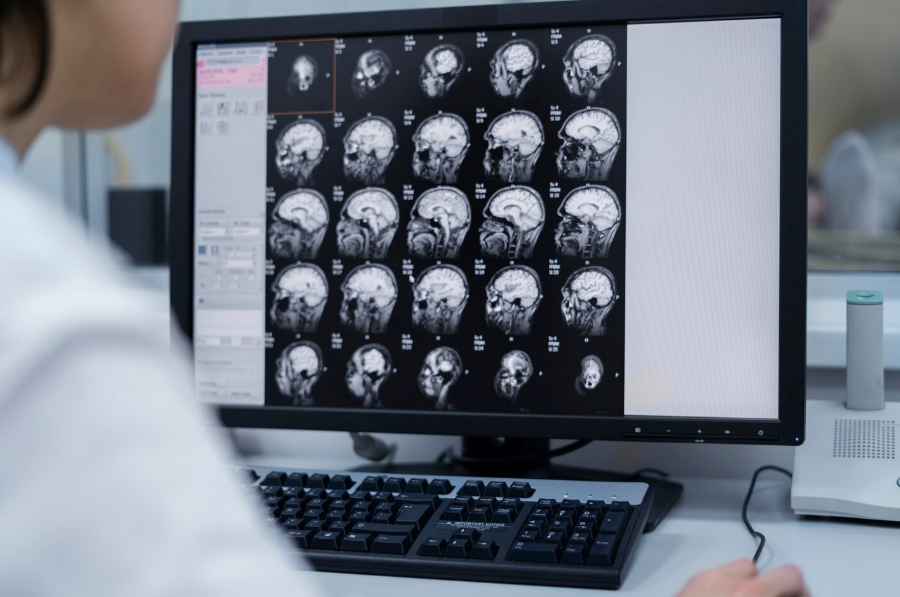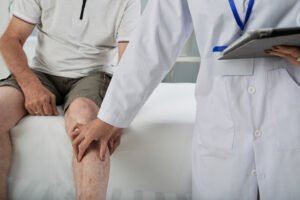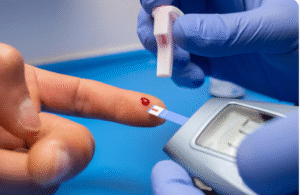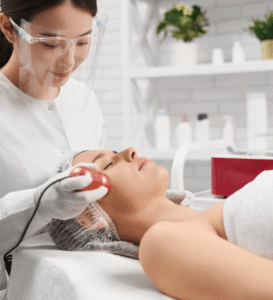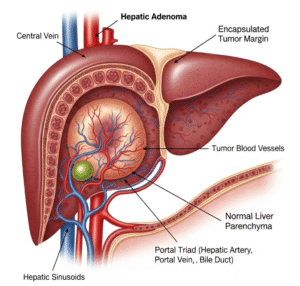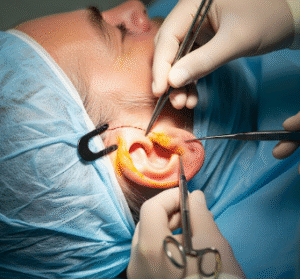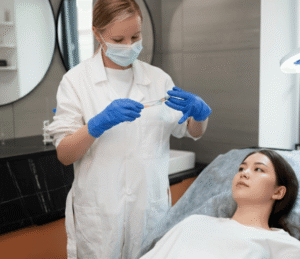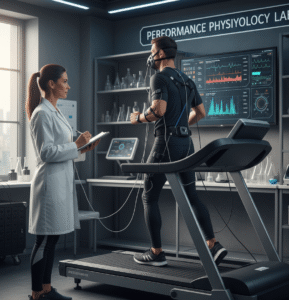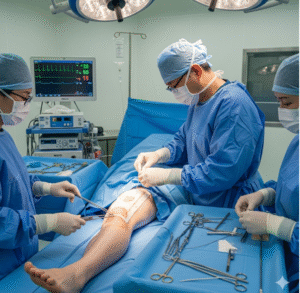Overview
Cerebral stroke, commonly referred to as a stroke, occurs when blood flow to the brain is interrupted, either due to a blocked artery (ischemic stroke) or bleeding (hemorrhagic stroke). Strokes can lead to brain damage, disability, or death if not treated promptly. In Korea, advanced neurology and stroke centers provide rapid diagnosis, state-of-the-art treatments, and rehabilitation to optimize recovery.
Symptoms
- Sudden weakness or numbness in the face, arms, or legs, often on one side
- Difficulty speaking or understanding speech (aphasia)
- Vision problems in one or both eyes
- Sudden severe headache
- Dizziness, loss of balance, or coordination problems
- Confusion or altered consciousness
- Difficulty swallowing in some cases
Causes
- Ischemic stroke: blockage of a brain artery due to blood clots or atherosclerosis
- Hemorrhagic stroke: bleeding from a ruptured blood vessel in the brain
- High blood pressure (hypertension)
- Heart conditions, such as atrial fibrillation
- Diabetes and high cholesterol
- Smoking and excessive alcohol use
- Blood clotting disorders or vascular malformations
Risk Factors
- Age above 55
- Hypertension and high cholesterol
- Diabetes
- Smoking or tobacco use
- Obesity and sedentary lifestyle
- Family history of stroke or cardiovascular disease
- Previous transient ischemic attack (TIA)
Diagnosis
In Korea, stroke diagnosis involves:
- Neurological examination to assess deficits
- CT scan for rapid detection of bleeding or infarction
- MRI for detailed brain imaging
- CT or MR angiography to evaluate blood vessels
- Blood tests for clotting, cholesterol, and metabolic conditions
- Electrocardiogram (ECG) and echocardiography to detect heart-related causes
Prevention
- Controlling blood pressure and cholesterol
- Maintaining healthy body weight and exercising regularly
- Avoiding smoking and limiting alcohol consumption
- Managing diabetes and other chronic conditions
- Healthy diet rich in fruits, vegetables, and whole grains
- Regular medical check-ups for at-risk individuals
Treatment Options in Korea
- Medical Management
- Ischemic stroke: clot-busting medications (thrombolytics) administered promptly
- Blood pressure and blood sugar control
- Antiplatelet or anticoagulant therapy to prevent further clots
- Medications for symptom control and preventing complications
- Surgical and Interventional Treatments
- Mechanical thrombectomy for large vessel blockages
- Aneurysm clipping or coiling in hemorrhagic strokes caused by aneurysms
- Decompressive craniectomy in severe brain swelling cases
- Rehabilitation
- Physical, occupational, and speech therapy to restore function
- Cognitive and psychological support
- Long-term monitoring and follow-up at specialized stroke centers

